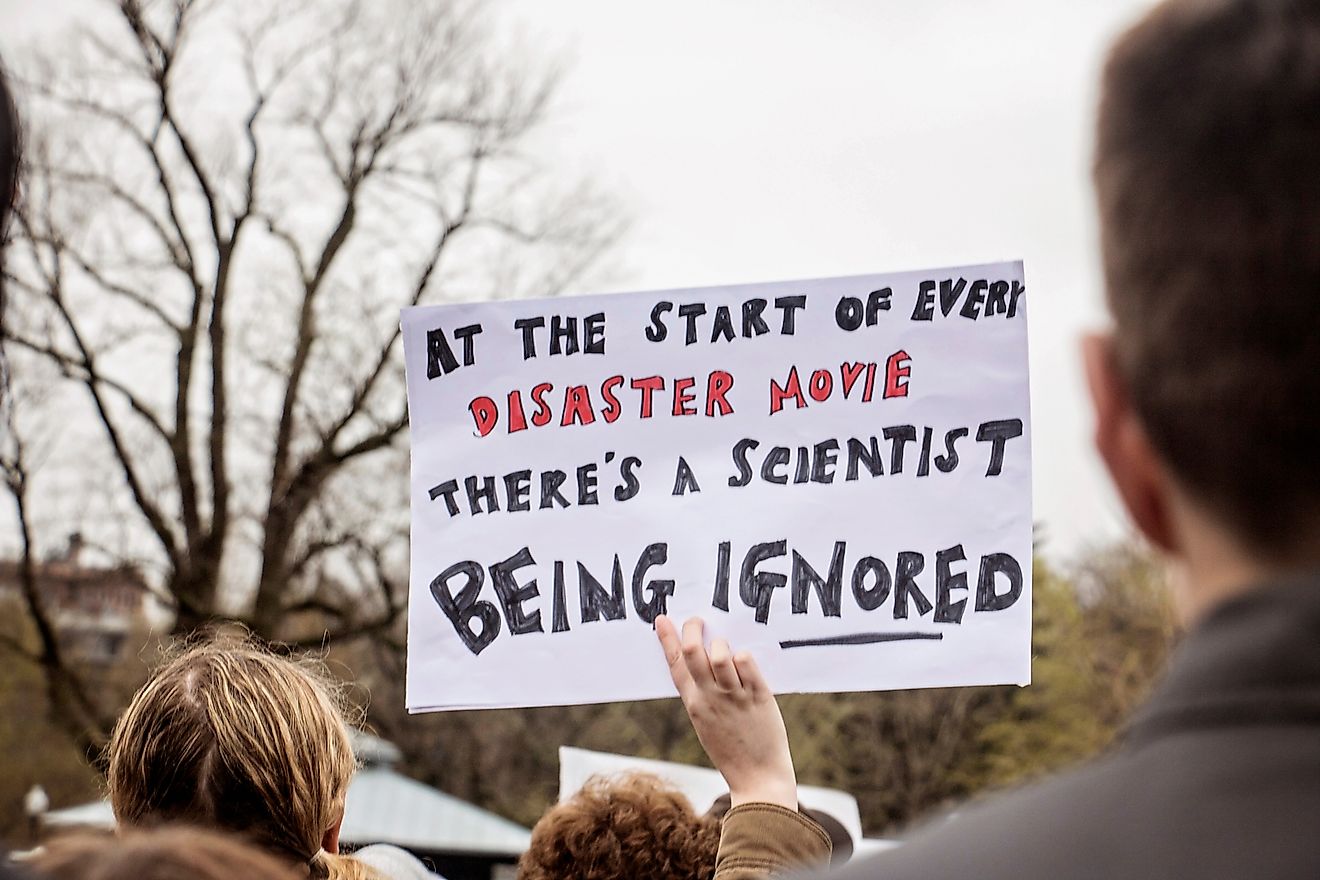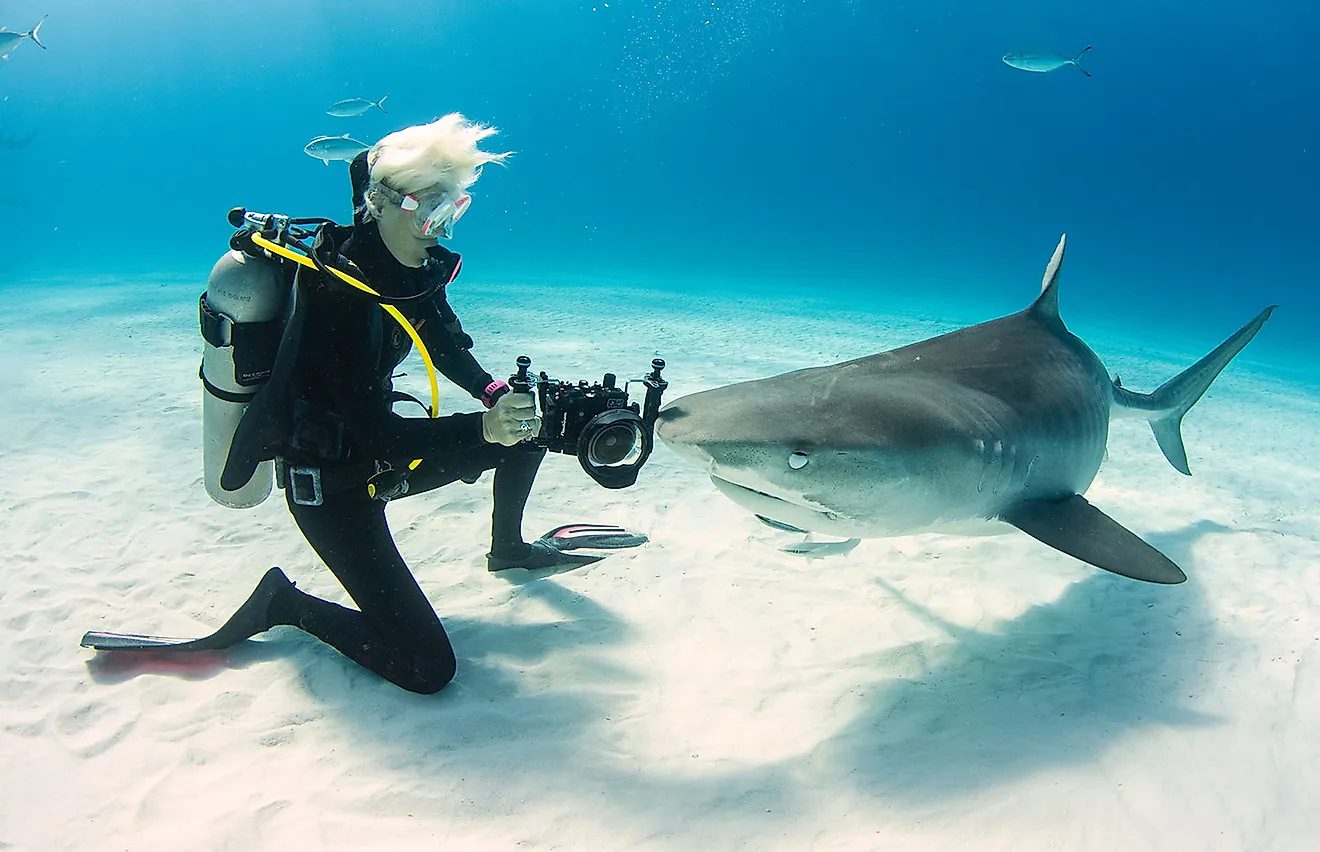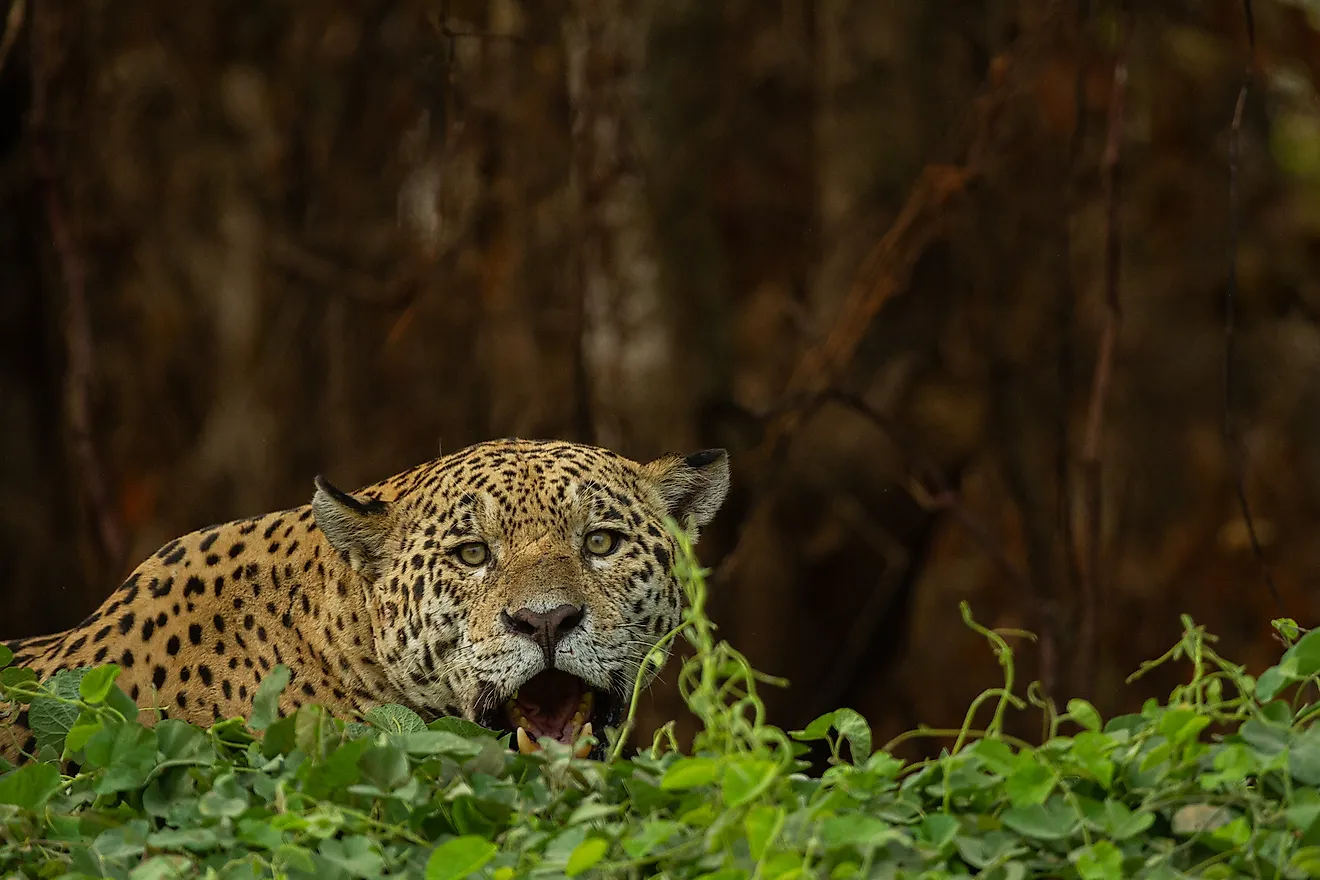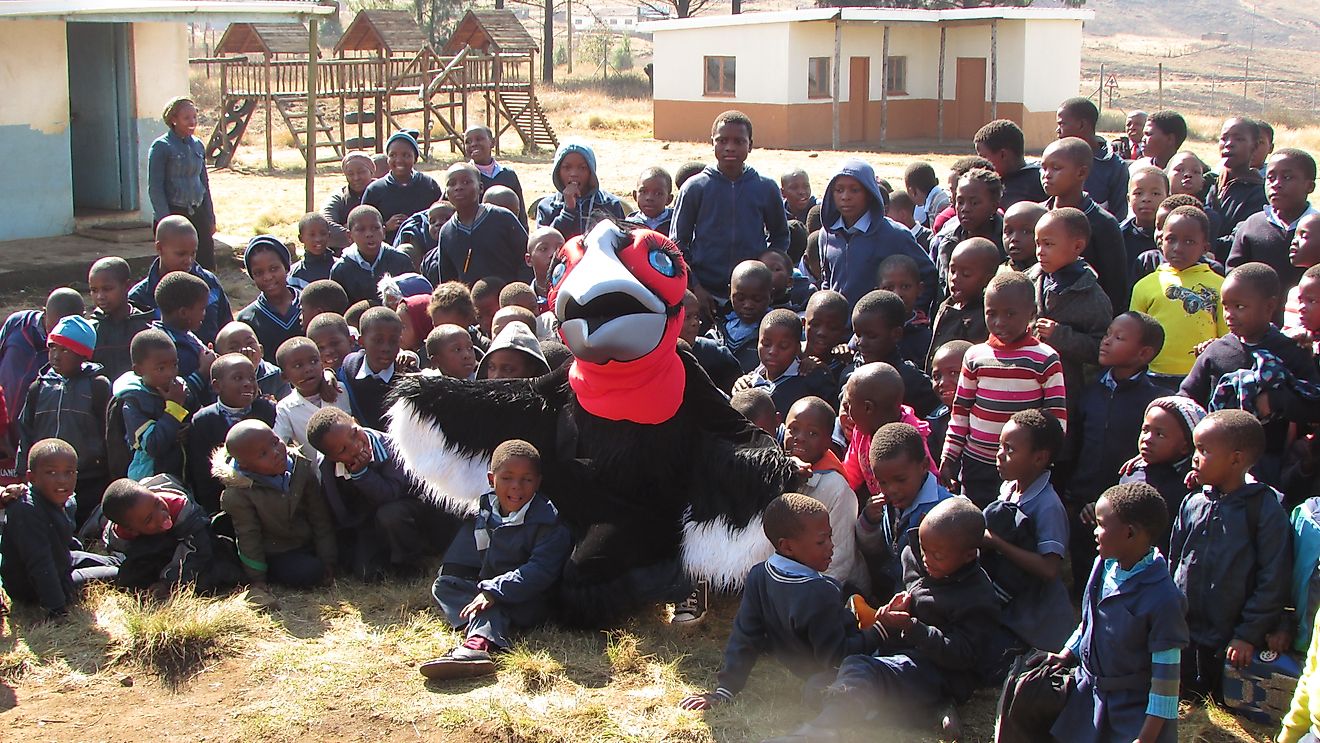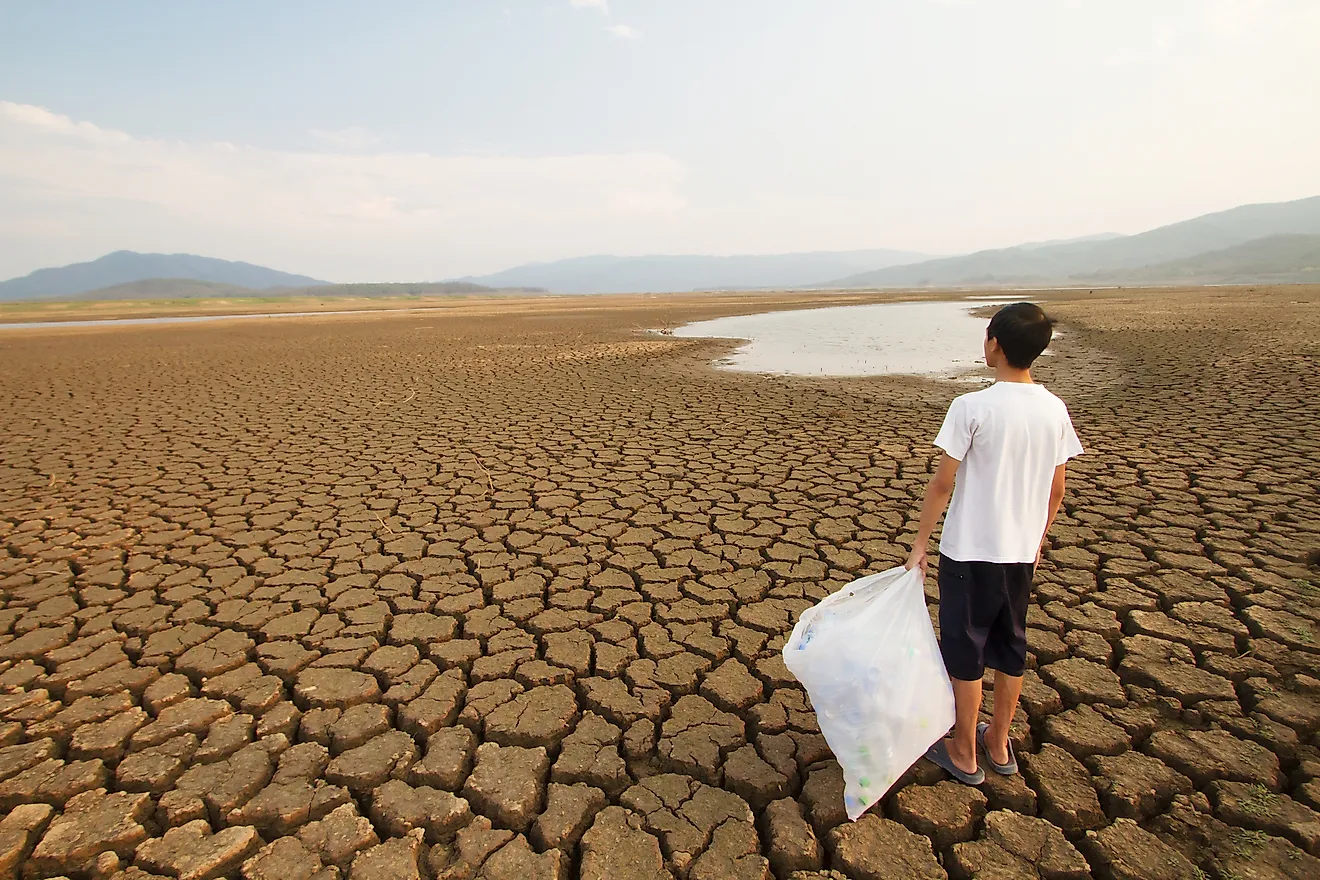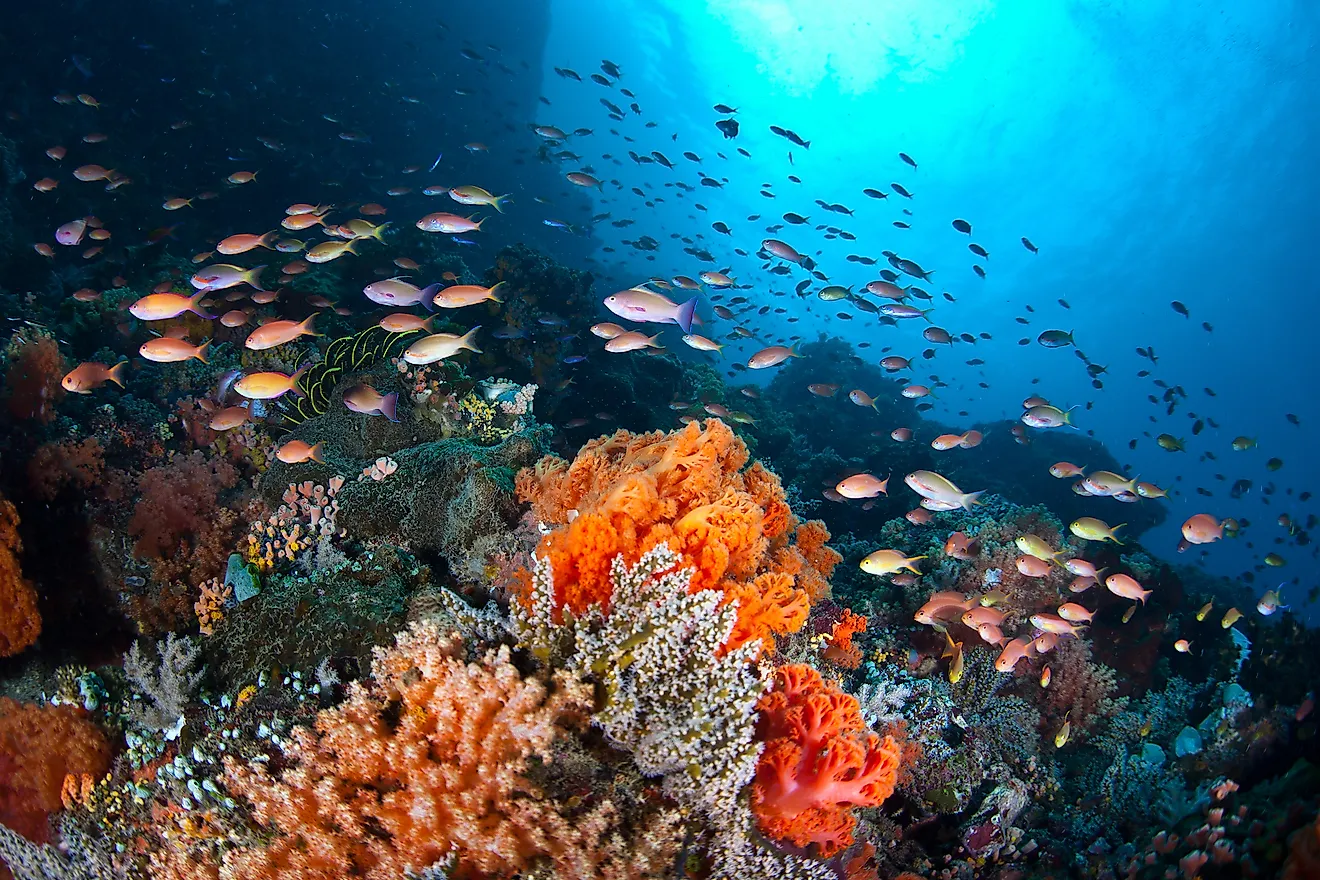Where Does Mount Makarakomburu Rise?

5. Description
Makarakomburu reaches an elevation of 7,580 feet on the Solomon Islands' island of Guadalcanal. It is the second highest mountain in the Solomon Islands after Mount Popomanaseu, although there were earlier claims that the Mount Makarakomburu was the highest peak in the islands. Mount Makarakomburu is situated 20 miles to the interior of the coast, just south of Honiara, Guadalcanal. Guadalcanal is 25 miles wide and spans 90 miles in length. The island has white sandy beaches, and its mountains are lush and verdant with endemic and indigenous flora and fauna. Its southern coast is closer to Mount Makarakomburu, where indigenous peoples are still living in small traditional villages.
4. Historical Role
New Guinea settlers were the first to inhabit the Solomon Islands several thousand years ago. Then, in 1568, Spanish navigator Alvaro de Mendana de Neira found some gold on the island of Guadalcanal thinking that it was the ancient gold of King Solomon. Afterwards, he gave it the name of the Solomon Islands. Guadalcanal was named by one of Mendana's men, Pedro Valencia, after his hometown in Andalusia, Spain. During the 18th and 19th Centuries, European peoples increasingly started to settle in the islands. In 1942 and 1943, the island was the site where the Japanese and American troops had a fierce battle after they were ousted from the Philippines, with the Americans ultimately winning the island and, later, the Pacific Theater as a whole in World War 2.
3. Modern Significance
Honiara, the capital city of Guadalcanal, is the starting point for tourists interested in sightseeing, jungle treks, beach exploration, scuba diving, and mountaineering activities in and around Makarakomburu. Visits to World War II sites are also typically part of these sightseeing tours. Today, the capital, as well as the rest of the Solomon Islands, are dependent on agricultural animal husbandry, crop cultivation, fishing, mining, tourism, spices, copra, palm oil, and timber for economic revenue. The Solomon Islands imports most of its energy source needs, such as natural gas, coal, and petroleum. It also produces some products for its local markets, such as boats, fiberglass, tobacco, biscuits, furniture, baskets, mats, and building materials.
2. Habitat and Biodiversity
Thick equatorial rainforests span the island of Guadalcanal, and most of its mountains rise in its interior. Mount Makarakomburu has similar vegetation and animals to the forested areas of the rest of the island. The average temperature in the island is around 29° Celsius, with the slopes and peak of Makarakomburu being somewhat cooler. The island's wet season lasts from the month of November through May, which also has the highest humidity. Cyclones also visit the island at this time. Earthquakes occasionally drop by the islands, sometimes even bringing along tsunamis, but the mountains in the interior provide for a safe highland refuge. Fauna in and around Makarakomburu includes Montane monkey-faced bats, rodents, grey cuscus, colorful parrots, snakes, and centipedes.
1. Environmental Threats and Territorial Disputes
The Nature Conservancy in the Solomon Islands has been teaching the local people ways to protect their natural resources as well as keep their flora and fauna safe. In 2012, the government of the Solomon Islands passed into law broader protection of such through nature reserves and national parks. The World Wide Fund for Nature (WWF) has also helped fund the Solomon Islands' conservation efforts and in spreading the word among the populace. Local families have participated in the effort by not logging timber above the established 1,312-feet logging zone. The effort also established assistance for communities in promoting small businesses, such as those producing coconut oil, bottled water, and honey production. School scholarships are also part of the program. Although large companies still pose a threat that encourage logging in exchange for profit, the trend appears to be generally positive when it comes to preserving Makarakomburu, Guadalcanal, and the rest of the Solomon Islands.
